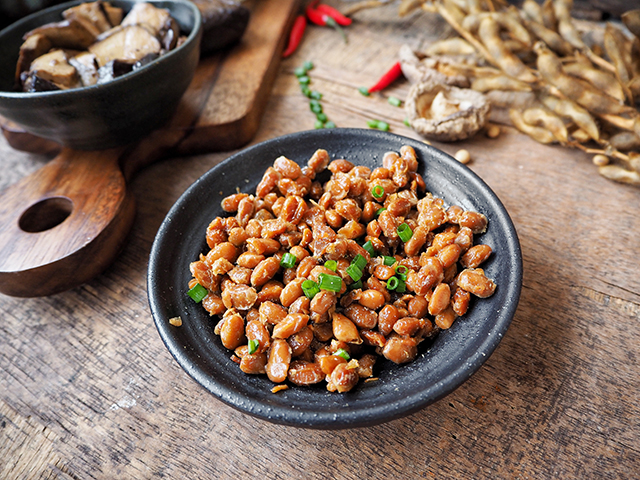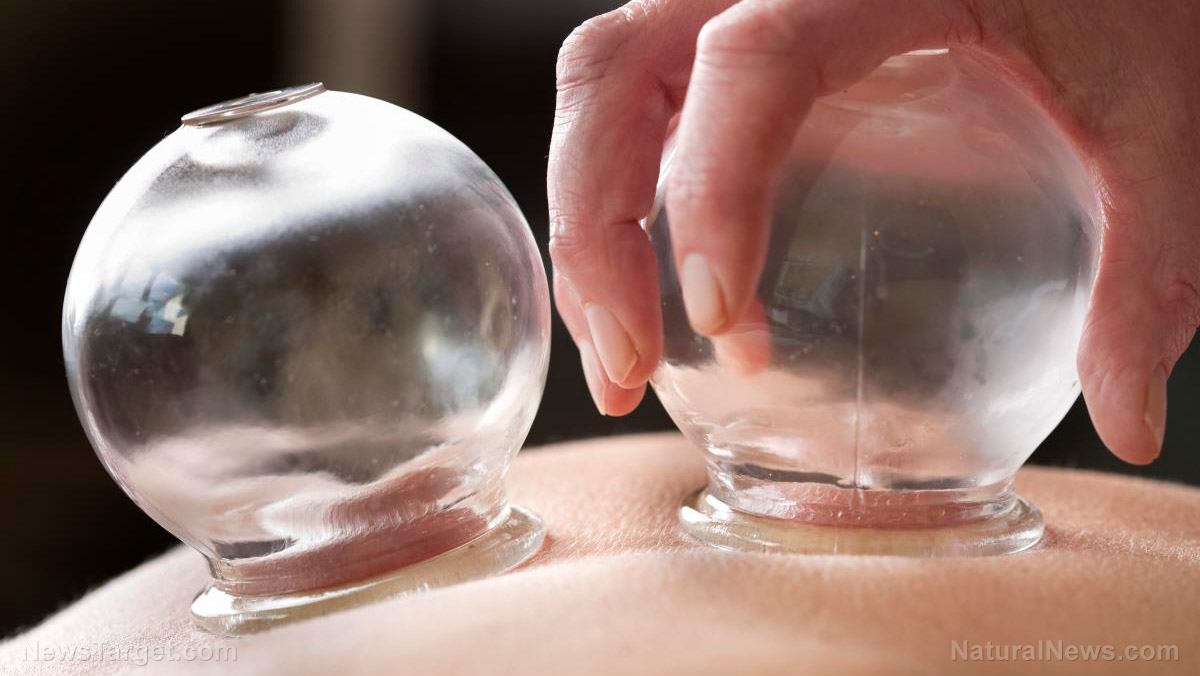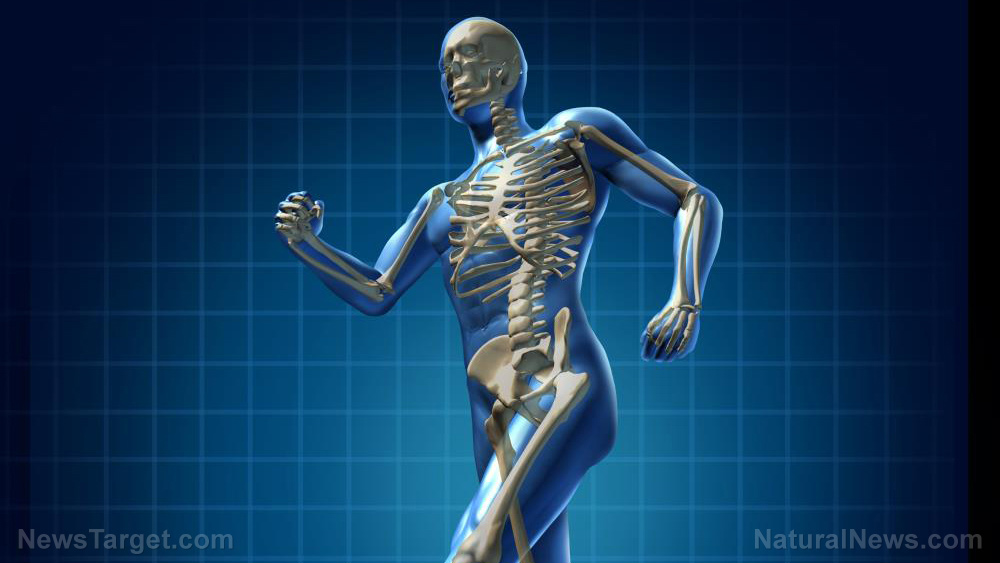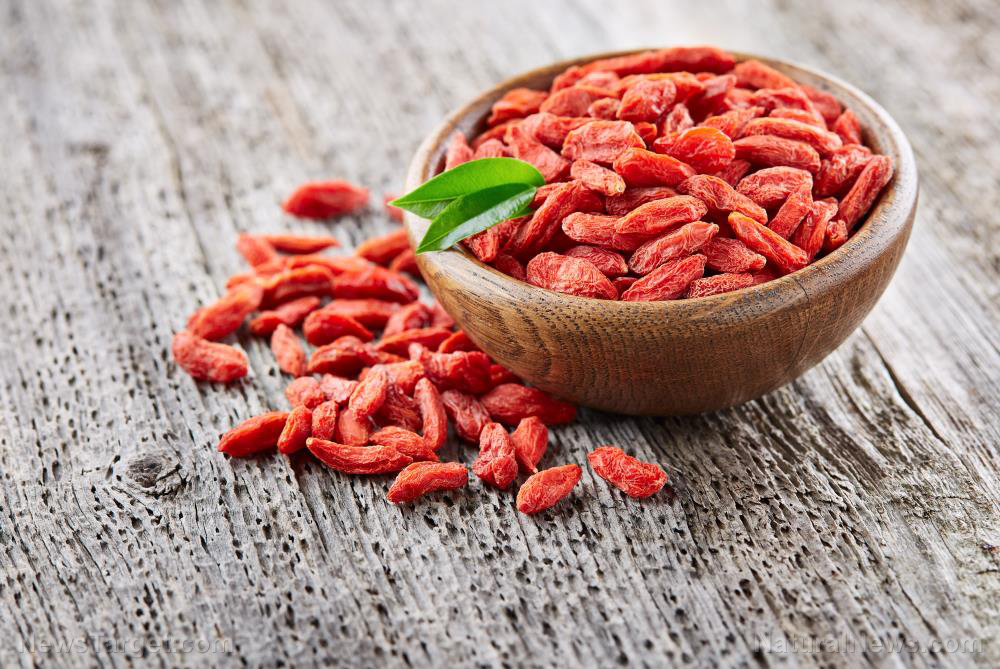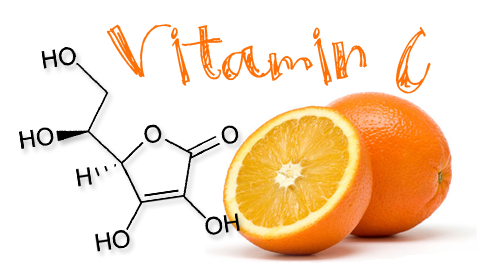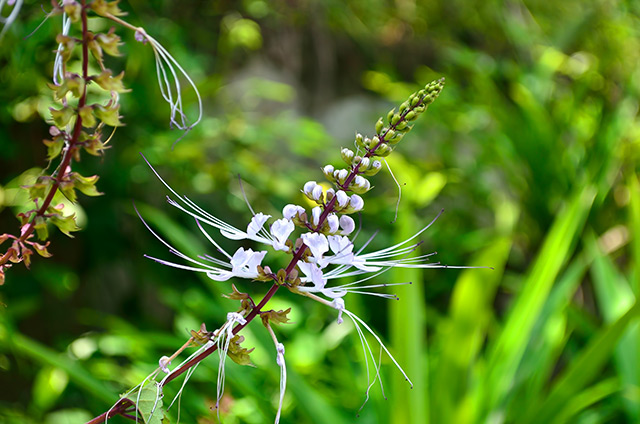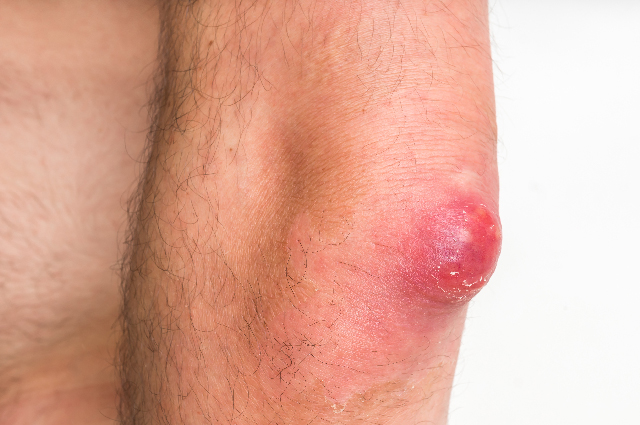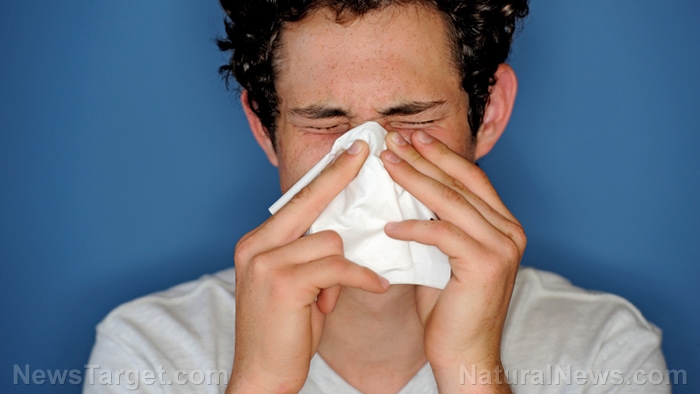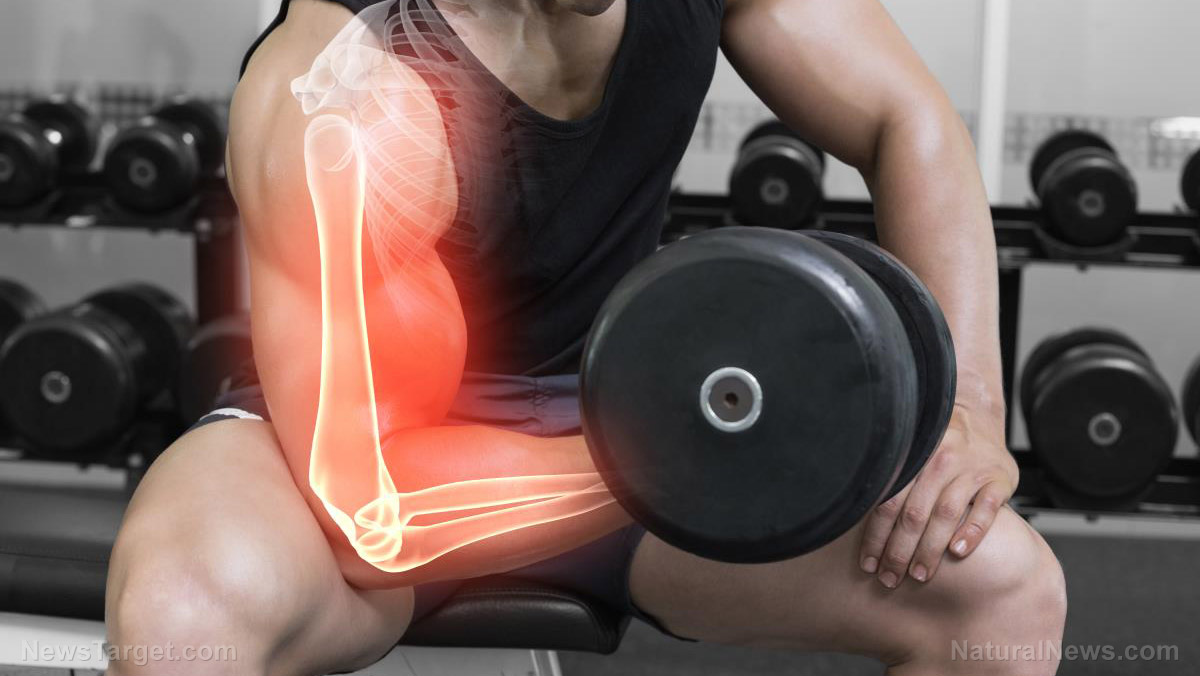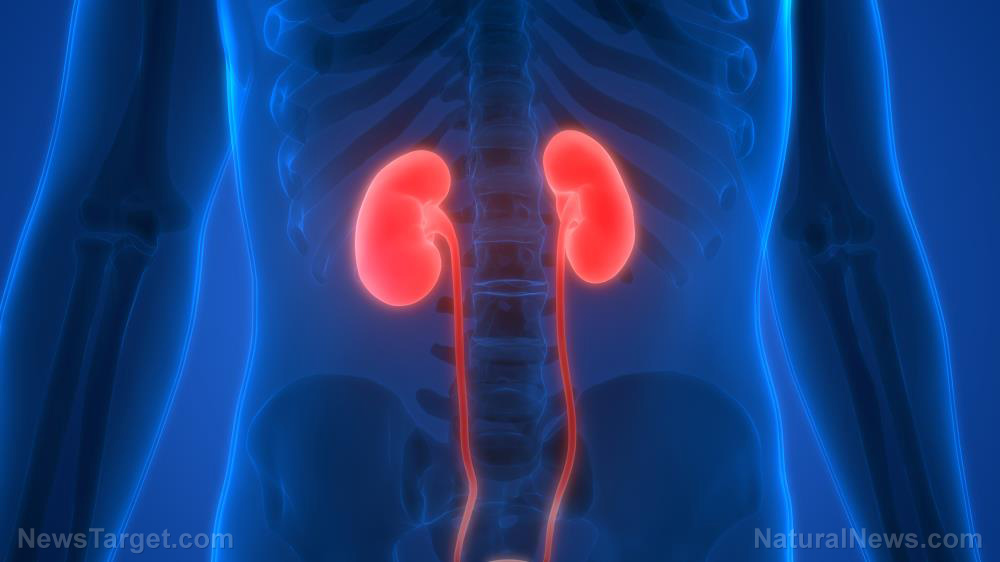Painful menstruation can be reduced with acupoint-stimulation
07/04/2018 / By Edsel Cook
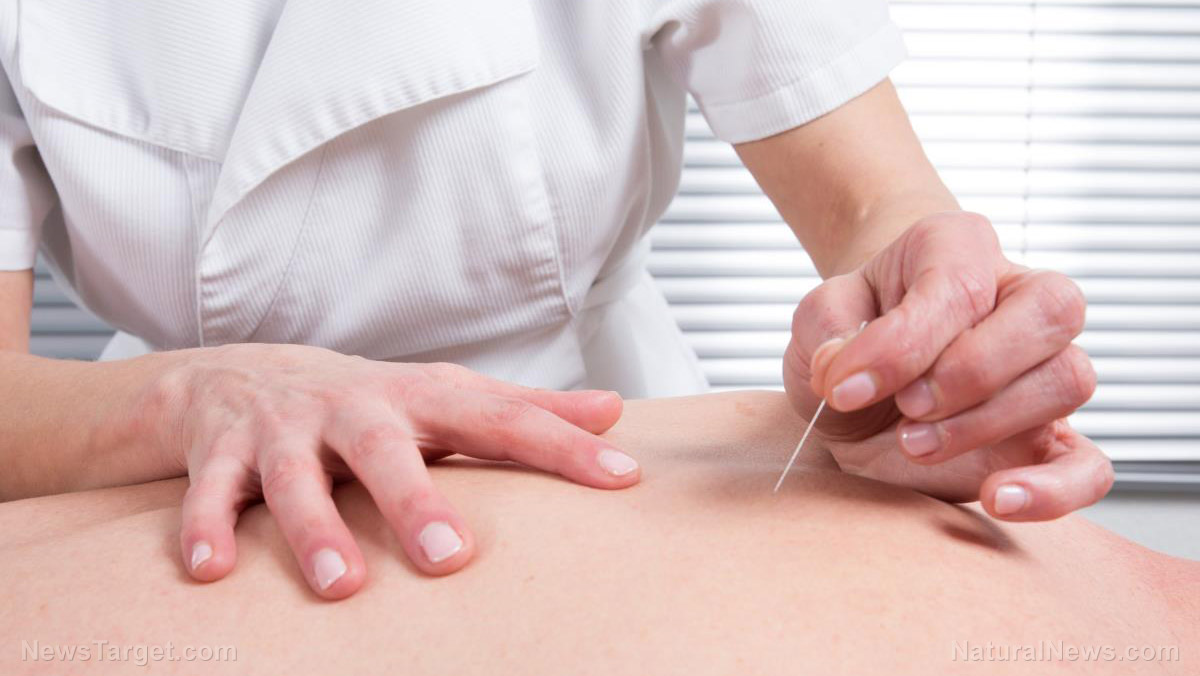
Good news for the ladies who need pain relief from menstrual cramps but don’t want to take pharmaceutical drugs like NSAIDs. A recent Chinese review reported that the stimulation of acupuncture points can relieve the symptoms of dysmenorrhea while having fewer side effects than anti-inflammatory drugs.
Painful periods are the most common female health problem among young women. More than half of the women of childbearing age suffer from dysmenorrhea. Ten percent of them are practically debilitated for up to three days every month.
Many patients can manage this pain with little or no non-prescription drugs. But the women who experience severe dysmenorrhea require significant treatment.
Most cases are primary dysmenorrhea (PD) of otherwise healthy pelvic anatomy. Recent research shows that PD stems from a combination of irregular uterine contraction as well as chemicals produced by the endocrine and metabolic systems.
The hormone prostaglandin F2α (PGF2α), in particular, constricts blood vessels and causes the uterine muscles to contract. This cuts off the blood supply to the uterus and causes pain. (Related: Acupuncture improves the circulatory system by chartering energy pathways in the body.)
Acupoint-stimulation could supplement or replace NSAIDs in treating dysmenorrhea
PD is treated through different methods. Among the most common treatments are Non-Steroidal Anti-Inflammatory Drugs (NSAIDs), which are prescription medicines.
NSAIDs are known to cause diarrhea, nausea, stomachache, and damage to the kidney or liver. These side effects have prompted PD patients to look for treatments that could supplement or replace the drugs.
Acupoint-stimulation is one such option. The procedure prevents and treats diseases by improving the internal functions of the body by targeting acupuncture points.
Earlier studies have covered the effectiveness of acupoint-stimulation in treating symptoms of primary dysmenorrhea. However, they used small samples and failed to prevent bias, so their findings were not convincing.
Researchers from the Tianjin University of Traditional Chinese Medicine (TUTCM) decided to amend this with their systematic review and meta-analysis study. They winnowed through several English and Chinese electronic databases for appropriate material.
Their criteria covered randomized controlled trials (RCTs) involving confirmed PD patients that compared acupoint-stimulation therapy and NSAID treatment. The NSAID users served as control groups.
The TUTCM research team graded the 19 accepted studies according to clinical effectiveness rate, symptom score, visual analog score (VAS), peripheral blood PGF2α, and side effects. They used statistical software to analyze the variables.
Further, more unbiased studies of acupuncture-symptoms are required
During their systematic review, the researchers found that 17 of the 19 RCTs presented clinical effectiveness rate. Six showed symptom scores, just four reported variations in PGF2α levels in the peripheral blood of patients, and only one talked about blood flow signals of the uterine artery.
Most studies also failed to accurately assess the pain status of participants. They relied on the subjects to report any effects but did not assign extra objective outcomes.
The studies also varied in how they stimulated acupuncture points. Acupoint application, acupuncture, ear acupressure, electroacupuncture, and moxibustion were some of the different methods applied by the earlier research.
In their meta-analysis, the researchers found out that acupoint-stimulation is more effective than NSAIDs in treating PD. Acupoints-based treatments demonstrated higher clinical effectiveness, superior improvement of symptoms, and reduced PGF2α levels in peripheral blood.
They concluded that acupoint-stimulation has some distinct advantages over pharmaceutical drug treatment.
The researchers expressed their intent to conduct their own experiments regarding the use of acupoint-stimulation in treating primary dysmenorrhea. They suggested that future studies can avoid bias by including an estimation of the sample size, a truly random design that conceals allocation, and a blind design for all parties involved.
Sources include:
Tagged Under: acupoint-stimulation, acupoints, acupuncture, alternative medicine, dysmenorrhea, medication, menstruation, natural cures, natural healing, Naturopathy, NSAID, pain relief, primary dysmenorrhea, remedies, therapy, traditional Chinese medicine

